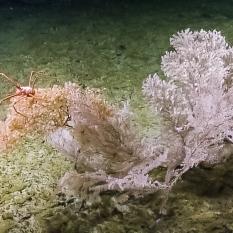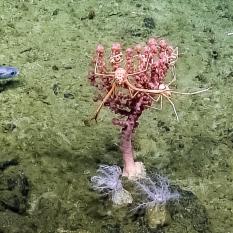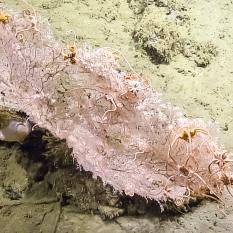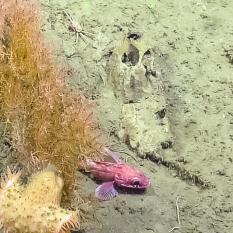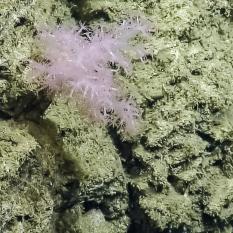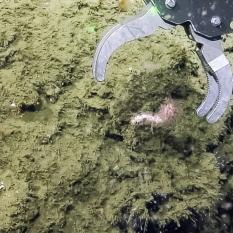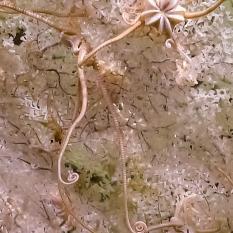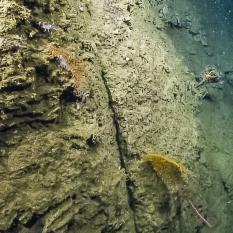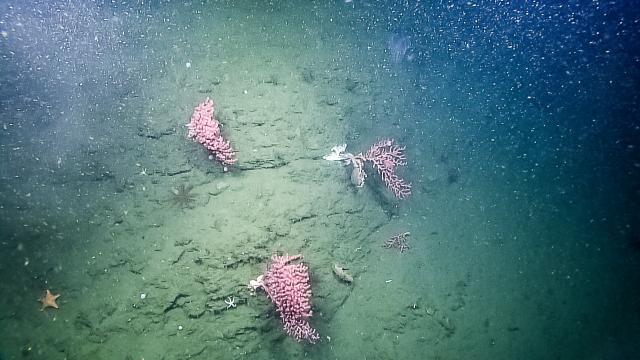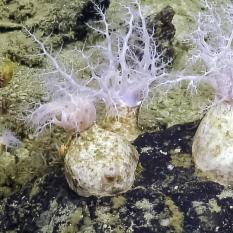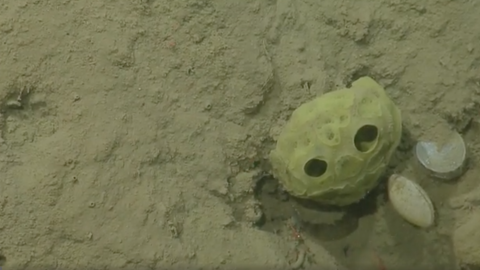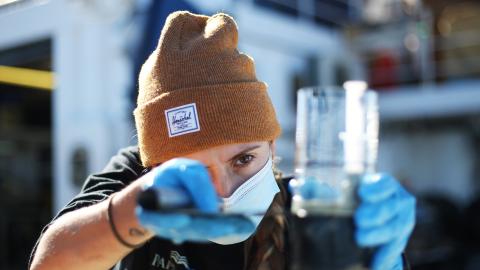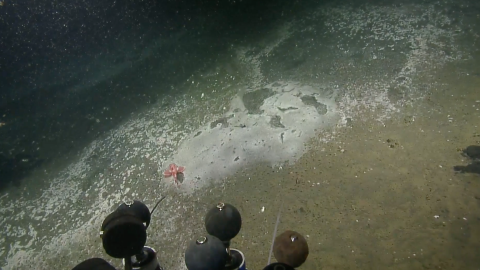Exploring the Deep-sea Corals of the Olympic Coast National Marine Sanctuary
Deep-sea corals continue to surprise scientists with their exceptional ability to thrive in some of the most inhospitable environments on Earth — and they’ve been doing so for thousands of years! A coral colony’s ability to survive for millennia allows researchers to piece together environmental puzzles, such as major climatic events throughout the course of our planet’s history.
As we’ve seen on E/V Nautilus, corals and other unique deep-sea species associated with their ecosystem are found in ocean depths around the world. While exploring the Olympic Coast National Marine Sanctuary, scientists aboard Nautilus discovered an aggregation of clams, tubeworms, corals, and deep-sea fish that were fueled by methane seeps.
Deep-sea corals attach to a hard substrate and, though they are slow-growing, live long lives. Unlike their shallow-water cousins, deep-sea corals do not use photosynthetic algae for energy and instead survive by feeding on zooplankton through their in-house filtration system.
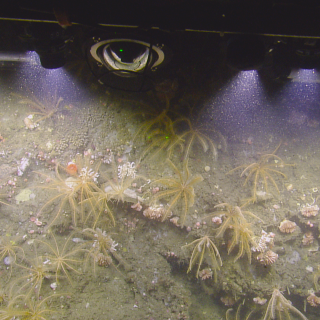
Olympic Coast NMS & Gradients of Blue Economic Seep Resources
The Olympic Coast National Marine Sanctuary is a biologically diverse and ecolog
